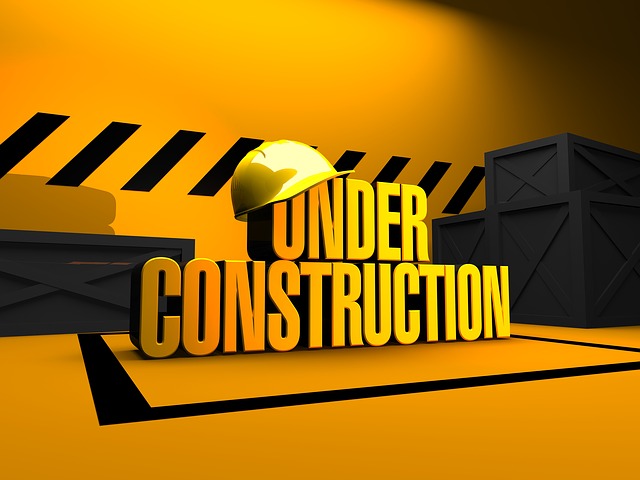What makes construction procurement different?
If you are looking to buy a computer, a chair, or a car you can typically see it, touch and try it before you make the decision to part with some of your hard earned money and make the purchase. That is one of the key factors making purchasing construction so different. The purchaser has a vision and a plan for a built asset and needs to find an efficient way to buy a complex custom fabricated piece of work that doesn’t exist yet.
The next significant difference when buying construction is the many varied contractual methods to work through including; stipulated or lump sum pricing, unit price contract, design build, construction management, construction management at risk, design-build-operate contracts and many other possible contractual variations. And of course, once you begin to look at contracts it is very important to understand the legal environment related to the various contract provisions. For example: Does the entity purchasing the constructed asset have a duty to treat all the bidders equally? Can the entity have a preferred constructor but get pricing from others to ‘keep the preferred constructor honest’?
 The common requirement for bid security is another key factor distinguishing construction purchasing. The requirement for submitting bid bonds or other bid security is primarily a construction related activity. Like everything else in this complicated process it has to be done on time and be done right as large sums of money are at stake.
The common requirement for bid security is another key factor distinguishing construction purchasing. The requirement for submitting bid bonds or other bid security is primarily a construction related activity. Like everything else in this complicated process it has to be done on time and be done right as large sums of money are at stake.
Now, just to add a little excitement to the process, add in the fact that in most construction projects there are a multitude of consultants, contractors, subcontractors and suppliers all bound together through a web of bid submissions and the resulting contracts. In many cases the entire pricing/bidding process occurs in a time restricted environment that adds just a bit more pressure to the entire procurement.
Today the vast majority of this activity happens in the traditional, error prone paper based submission process. However, there is change in the wind. Online technologies offer impressive new tools that bring enormous value and efficiency to this entire process. The inherent risks of errors and omissions are significantly reduced or in many cases eliminated. It is only a matter of time until this ‘new way’ of managing the bid submission process becomes the standard.


